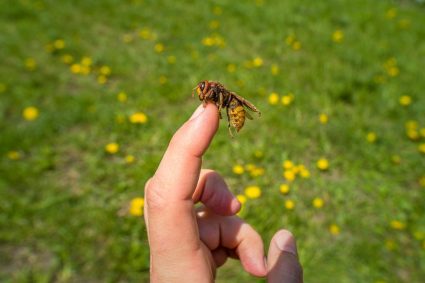
Drain pipes are essential components of our homes, but they can also become attractive nesting spots for various animals. These unwanted guests not only cause discomfort but can also lead to serious damage to your plumbing system and potential health risks. In this comprehensive guide, we will walk you through the steps to keep animals out of your drain pipes, the risks associated with animal infestations, and how to deal with the problem if it arises.
To keep animals out of your drain pipes, regularly inspect and maintain your plumbing system, seal any exterior gaps and openings, and install animal guards or wire mesh over pipe outlets. Regularly clean your drains and store food in airtight containers to discourage pests. If an animal infestation is suspected, seek professional help.
Common Animals in Drain Pipes
Several types of animals are known to infest or occupy drain pipes. These include flies, cockroaches, rats, mice, fruit flies, and tubifex worms. These pests are attracted to the food sources and shelter that drain pipes provide. Regular maintenance and cleanliness of your plumbing system can help prevent such infestations.
Potential Risks of Animal Infestation
Infestations in drain pipes can lead to various issues. Animals can cause blockages, damage pipes, and create an environment for bacterial growth. They can also spread diseases through their droppings and attract other pests. Leaks caused by animals chewing through pipes can lead to water damage in your home. To prevent these issues, regular maintenance of your drains, sealing any cracks or openings, and prompt attention to any signs of infestation are crucial.
Signs of Animal Infestation
Unusual sounds like scratching or movement in your pipes, persistent foul odors, slow or blocked drains, and rodent droppings or other signs of animal activity near the drain pipes can all indicate the presence of an animal. If you suspect an animal is living in your drain pipe, it’s important to address the issue promptly to prevent damage to your plumbing system and potential health risks.
Humane Removal of Animals
If an animal has made its way into your drain pipe, there are several humane methods to remove it. These include using a garden hosepipe with fishing spear hooks, live traps, professional wildlife removal services, and regular maintenance. Remember, using chemicals or other harmful methods can be dangerous and inhumane. Always opt for safe and humane methods to protect both the animals and your plumbing system.
Preventative Measures
Prevention is always better than cure. To keep animals out of drain pipes, seal exterior gaps and openings, store food in airtight containers, install wire mesh over pipe outlets, clean your drains regularly, hire a professional plumber for regular inspections, and install animal guards for drainage pipes. Maintaining a water heater temperature of about 140 degrees can also make the environment less hospitable for bacteria, reducing the chances of attracting pests.
Tools and Products for Prevention
Several tools and products can help keep animals out of drain pipes. These include animal guards, rat guards, wire mesh, and Critter Quitter Vent Pipe Covers. Regular inspection and maintenance of these tools can ensure their effectiveness.
Frequency of Inspection
Regular inspection of your drain pipes can prevent animal infestations. While the frequency of inspections may vary depending on your system, it’s generally a good idea to have your drains inspected at least once every year.
Dealing with Endangered or Protected Species
If you find an endangered or protected species in your drain pipe, do not attempt to handle or remove the animal yourself. Instead, contact your local wildlife agency or conservation officer for assistance. They can guide you through the process and ensure the animal’s safety.
In conclusion, keeping animals out of your drain pipes requires regular inspection, maintenance, and preventative measures. By implementing these steps, you can prevent damage to your plumbing system, protect your home from potential health risks, and contribute to wildlife conservation efforts. Remember, if you suspect an animal infestation in your drain pipe, it’s always best to seek professional help.
Frequently Asked Questions
What are some common signs of animal activity near the drain pipes?
Some signs of animal activity near drain pipes include unusual sounds like scratching or movement in the pipes, persistent foul odors, slow or blocked drains, and visible droppings or other signs of animal activity near the pipes.
What are some humane methods to remove animals from drain pipes?
Humane methods to remove animals from drain pipes include using a garden hosepipe with fishing spear hooks, live traps, and hiring professional wildlife removal services. It’s important to avoid using chemicals or other harmful methods that can be dangerous and inhumane.
What preventative measures can I take to keep animals out of my drain pipes?
To prevent animals from entering your drain pipes, you can seal exterior gaps and openings, store food in airtight containers, install wire mesh over pipe outlets, clean your drains regularly, hire a professional plumber for regular inspections, and install animal guards for drainage pipes.
How often should I inspect my drain pipes?
While the frequency may vary depending on your system, it’s generally recommended to have your drains inspected at least once every year to prevent animal infestations.
What should I do if I find an endangered or protected species in my drain pipe?
If you find an endangered or protected species in your drain pipe, do not attempt to handle or remove the animal yourself. Instead, contact your local wildlife agency or conservation officer for assistance. They can guide you through the process and ensure the animal’s safety.










